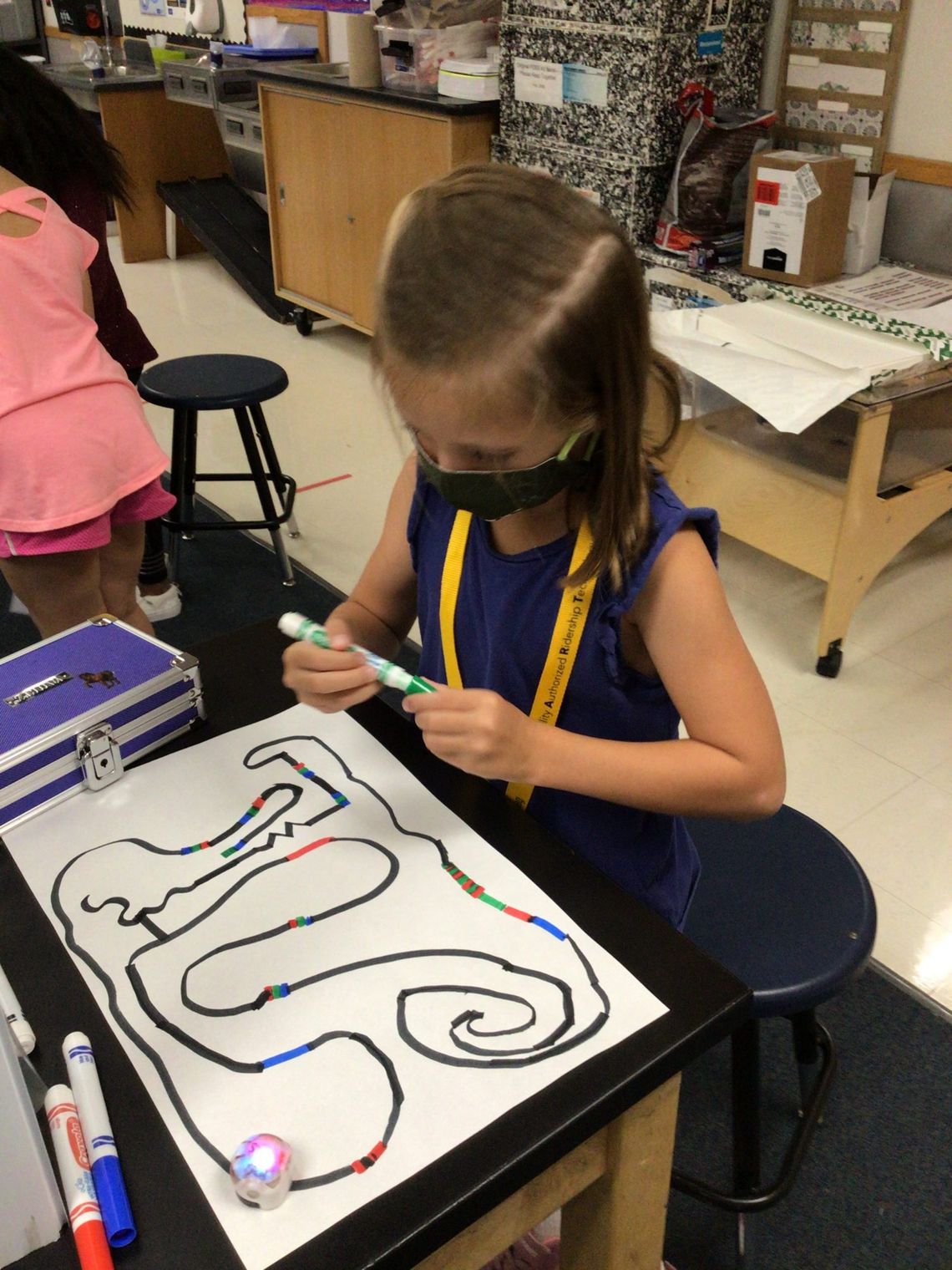By Megan Wehring
As educators of future teachers, two local professors use children’s literature to teach lessons about science and engineering.
The STEM curriculum focuses on educating students about science, technology, engineering and mathematics by using an applied approach to solve a problem. Texas is one of few states to just now include engineering as an element of science education.
Children can experience how engineers use creative problem solving by reading books, according to Texas State University professors Julie Jackson and Michelle Forsythe. They can escape into the life of a character with their own imagination and see themselves as an engineer or inventor.
“I love how STEM activities in the classroom as well as STEM readings support those habits of mind that we really want young children to develop,” Forsythe said. “Creativity, problem-solving and working together. [When] analyzing a problem, what are the options and what are the potential solutions.”
Educators should also teach their children what to do when their design or experiment fails, Forsythe explained.
“One of the things I often tell my teachers is that we want to have children have engineering design challenges where they fail,” Forsythe said. “So we are going to plan for their first attempts to fail because we want to walk them through that process of what happens when it fails.”
Another component of STEM education is technology. But many people do not understand it is more than just electronics.
“Technology is a pencil,” Jackson said. “It was designed to solve a problem. [Children] can start to look at the world through that lens that was designed, this is technology. It broadens their exposure to STEM and how they might be able to use it.”
Most libraries, schools and homes already have books that introduce engineering design and creative problem solving. Jackson and Forsythe look for these features when choosing a book: the story presents a problem in a real-life context, the story describes a way to solve the problem, a character creates and tests a prototype of this design and a character improves the design to apply the revised solution.










